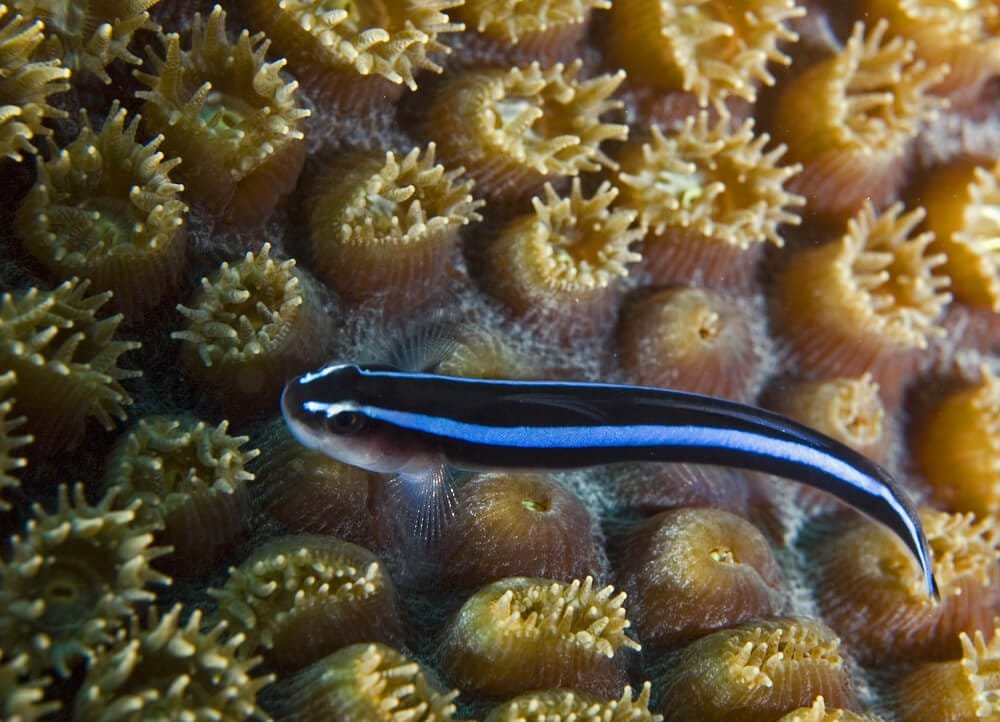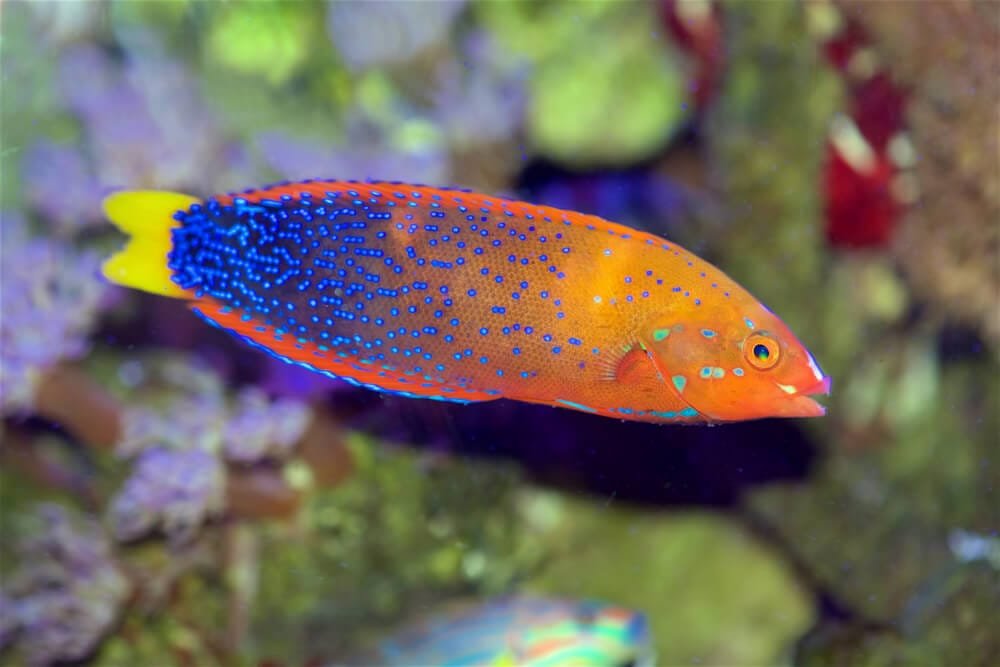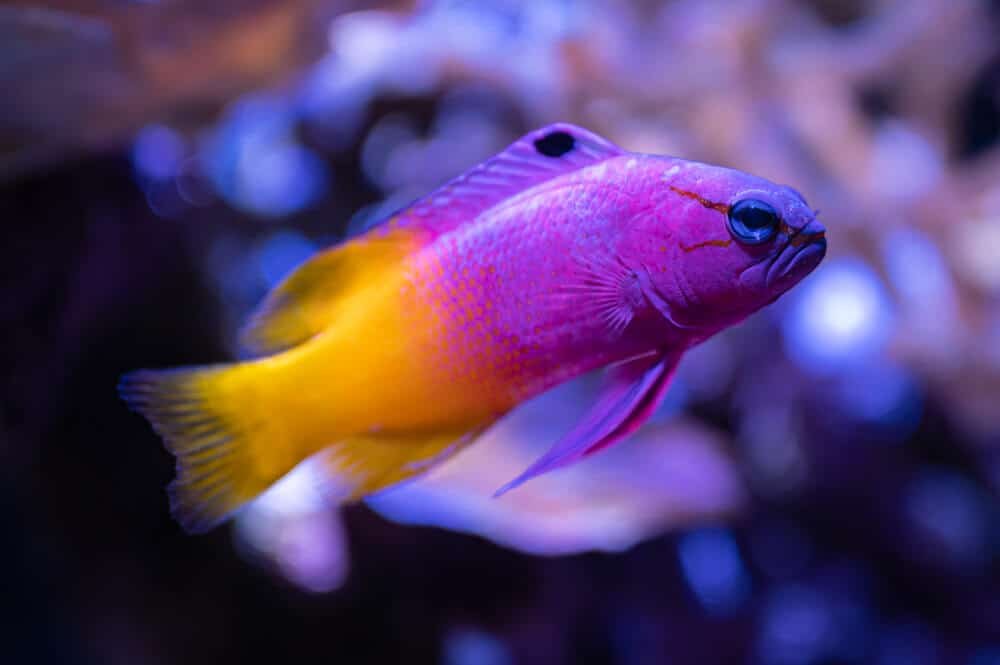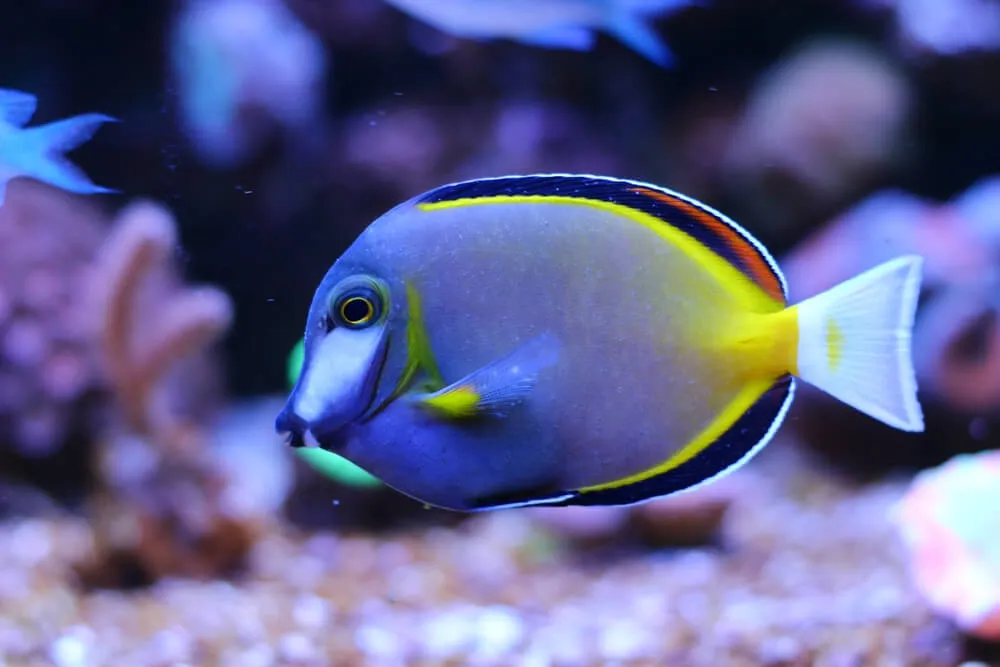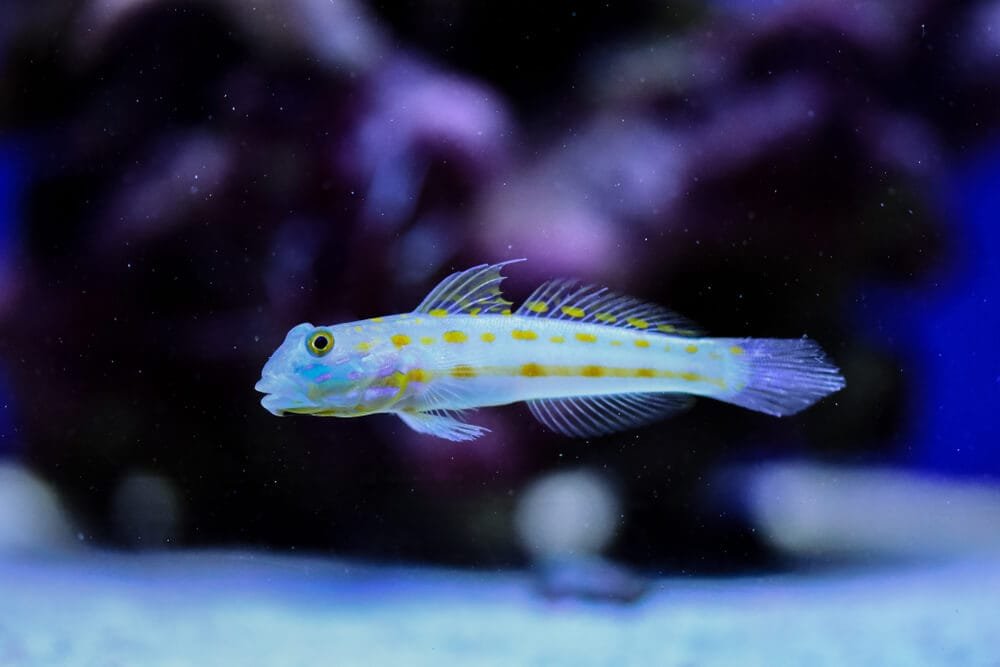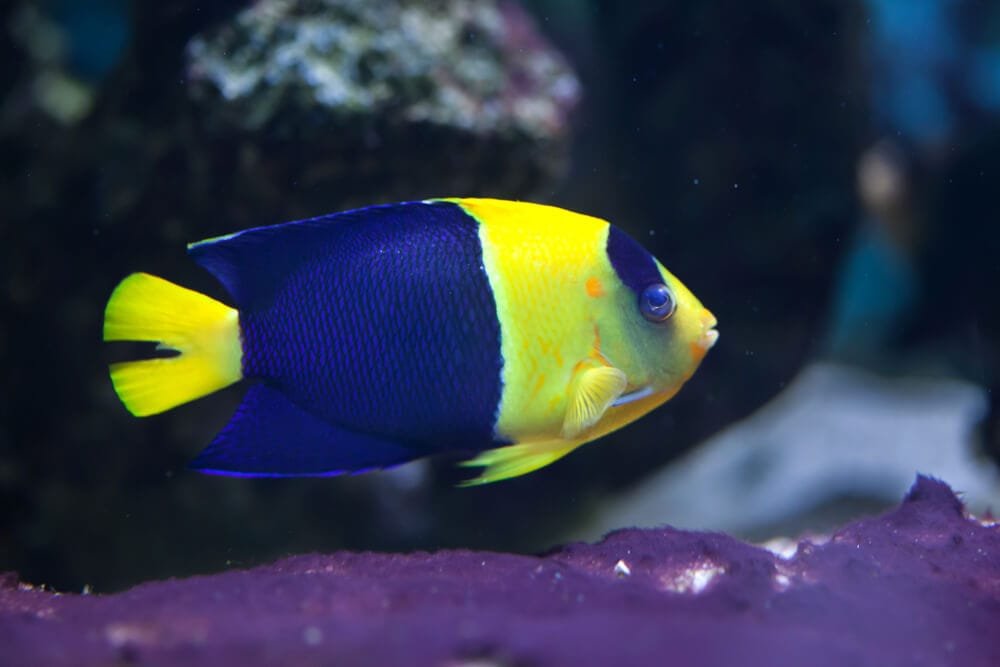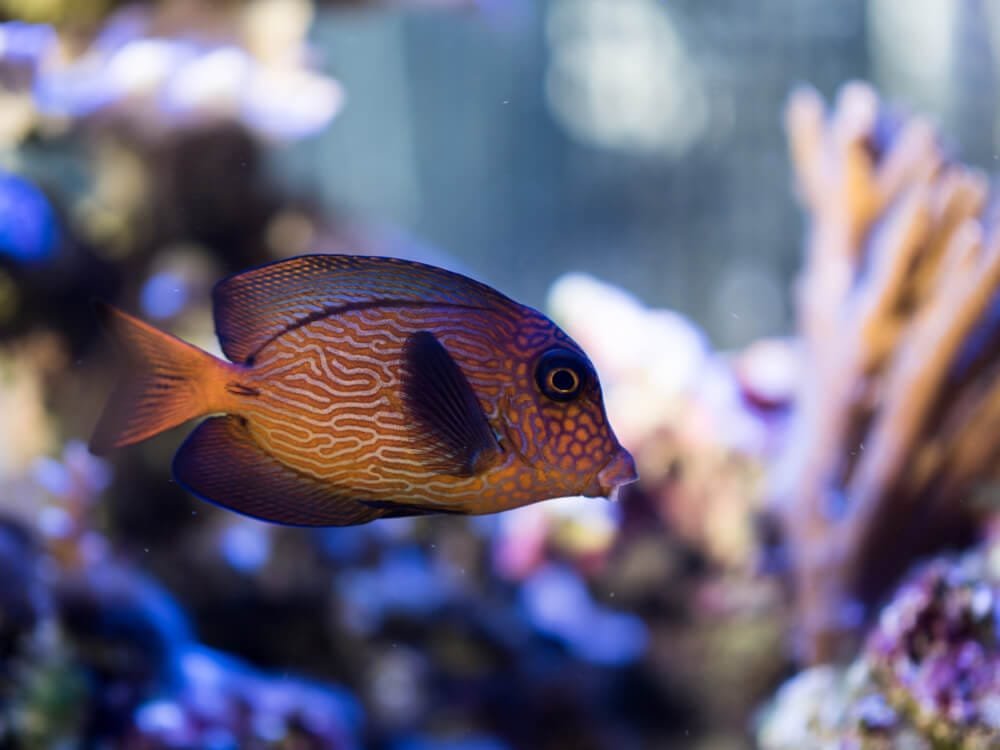The Ultimate Yellow Tang Fish Care Guide
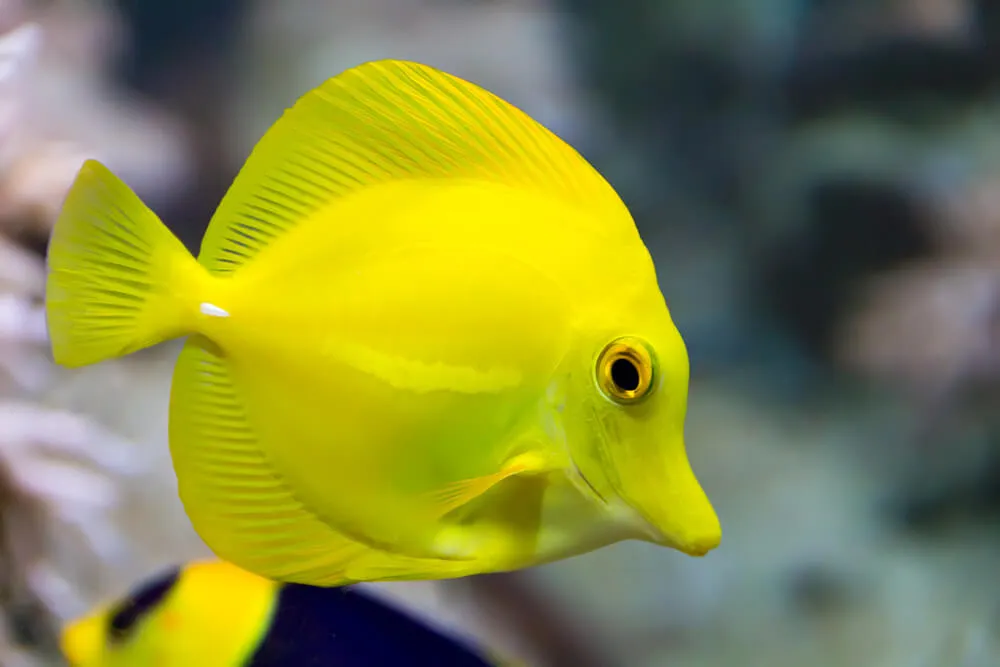
Are you a fish enthusiast thinking about adding a Yellow Tang fish to your aquarium? Look no further! In “The Ultimate Yellow Tang Fish Care Guide,” you will find everything you need to know about providing proper care for this mesmerizing and vibrant saltwater fish. From understanding their natural behavior to setting up the perfect aquarium environment, this guide covers all the essential aspects of Yellow Tang care. Learn about suitable tankmates, feeding requirements, health and disease prevention, and even breeding challenges. By the end of this article, you’ll have the knowledge and confidence to give your Yellow Tang fish the best care possible. So, let’s dive in and embark on this exciting journey into the world of Yellow Tang fish care.
Introduction
Welcome to the Ultimate Yellow Tang Fish Care Guide! If you’re considering adding a Yellow Tang to your aquarium or already have one, this comprehensive article will provide you with all the information you need to ensure the well-being and happiness of your fish.
Yellow Tang Overview
Scientific classification and distinctive characteristics
The Yellow Tang, scientifically known as Zebrasoma flavescens, belongs to the family Acanthuridae. These vibrant fish are named for their bright yellow coloration and elongated oval-shaped bodies, with a single dorsal fin and a small mouth in relation to their body size. They also have a sharp spine near their tail, which they use for protection.
Natural habitat and behavioral traits
Yellow Tangs are native to the coral reefs of the Pacific Ocean, specifically the waters surrounding Hawaii and other tropical islands. They are typically found in shallow waters, hovering around coral formations and seagrasses. These fish are most active during the day and are known for their constant grazing behavior, as they feed on algae and plant matter.
Significance in the aquarium trade
Yellow Tangs are highly sought after in the aquarium trade due to their striking coloration and active nature. They are popular choices for reef tanks, as they can help control algae growth. However, it is essential to ensure responsible sourcing and ethical practices when purchasing Yellow Tangs, as their popularity has led to overexploitation in some areas.
Setting Up the Aquarium
Tank size and dimensions
For a single Yellow Tang, a tank with a minimum capacity of 75 gallons is recommended. However, if you plan to keep multiple Tangs or other fish, a larger tank will be necessary to provide ample swimming space and minimize aggression. Adequate tank dimensions are crucial to replicate their natural habitat and allow the fish to exhibit their natural behaviors.
Essential water parameters (temperature, pH, salinity)
Maintaining optimal water parameters is essential for the health and well-being of Yellow Tangs. They thrive in a temperature range of 75°F to 82°F (24°C to 28°C) and a pH range of 8.1 to 8.4. The salinity of the water should be maintained at a specific gravity of 1.022 to 1.025, which is equivalent to a salinity level of 32 to 35 parts per thousand (ppt).
Filtration system importance
A high-quality filtration system is crucial in maintaining water quality, as Yellow Tangs produce significant amounts of waste. A combination of mechanical, biological, and chemical filtration should be employed to ensure efficient removal of debris, harmful substances, and maintain stable water parameters. Regular maintenance and monitoring of the filtration system are essential to avoid any fluctuations in water quality.
Substrate and decoration considerations
Choosing the right substrate and decorations for your Yellow Tang’s environment is important for their well-being. A sandy substrate mimics their natural habitat and allows them to sift through the sand while searching for food. Live rock, accompanied by corals and other marine plants, not only provide a natural aesthetic but also serve as hiding spots and grazing surfaces for the Tang.
Feeding
Natural diet of Yellow Tangs
In their natural habitat, Yellow Tangs are primarily herbivorous, feeding on various types of algae and plant matter. It is important to replicate this diet as closely as possible in a captive environment. Providing a varied diet rich in marine algae, such as seaweed and Nori, is essential to their health and vitality.
Commercial food options
In addition to their natural diet, commercially-prepared foods specifically formulated for herbivorous fish, such as flakes, pellets, and frozen foods, can be offered. Look for high-quality products that contain a diverse range of ingredients, including algae and plant-based supplements. It is advisable to soak dry foods in aquarium water to increase their palatability and make them easier to consume.
Feeding frequency and portion control
Yellow Tangs have a high metabolic rate, and they require regular feeding to meet their nutritional needs. As a general guideline, feed your Yellow Tang two to three times a day, offering an amount of food that can be consumed within a few minutes. Monitor their body condition closely, adjusting the feeding amount if necessary to maintain a healthy weight.
Integration of live or frozen foods
To provide additional nutrition and stimulation, consider incorporating live or frozen foods into your Yellow Tang’s diet on occasion. These can include brine shrimp, mysis shrimp, or other small invertebrates. However, ensure that any live foods are from a reputable source to prevent the introduction of harmful parasites or diseases into your aquarium.
Health and Disease Prevention
Common health issues
While Yellow Tangs are generally hardy fish, they can be susceptible to certain health issues. Common ailments include marine ich (Cryptocaryon irritans), lateral line erosion (HLLE), and fin rot. Regular observation of your fish’s behavior, appetite, and physical appearance is crucial to detect any signs of illness early on.
Quarantine procedures for new additions
Prior to introducing any new fish or coral into an established aquarium, it is highly recommended to quarantine them separately for a period of time. This helps prevent the spread of any potential diseases or parasites to the existing inhabitants. Quarantine tanks should replicate the conditions of the main aquarium while allowing for closer monitoring and treatment if necessary.
Regular observation and monitoring
Maintaining a vigilant eye on your Yellow Tang’s behavior and appearance is crucial for their overall health. Look out for any signs of stress, such as loss of appetite, rapid breathing, or erratic swimming patterns. Regularly check the water parameters to ensure they remain within the appropriate range. Early detection of any issues can greatly increase the chances of successful treatment.
Maintaining a clean and stable environment
Keeping the aquarium clean and maintaining stable water parameters is essential for the health and well-being of your Yellow Tang. Regular water changes, removal of excess waste, and careful monitoring of ammonia, nitrite, and nitrate levels are necessary to prevent the build-up of harmful substances. Avoid sudden fluctuations in temperature, salinity, or pH levels, as these can lead to stress and compromise the immune system of your fish.
Tankmates and Compatibility
Suitable tankmates
Yellow Tangs are generally peaceful fish that can coexist with a variety of tankmates, as long as certain guidelines are followed. It is advisable to choose species that are similar in size and temperament to minimize aggression. Some suitable tankmates for Yellow Tangs include other peaceful reef fish like Clownfish, Gobies, and Anthias.
Addressing aggression and territorial behavior
While generally peaceful, Yellow Tangs can display territorial behavior, especially towards other fish of the same species or similar appearance. To mitigate aggression, it is essential to provide ample swimming space and hiding spots within the aquarium. Introducing multiple Yellow Tangs should only be done in large tanks to reduce the risk of aggression and territorial disputes.
Preventing overstocking issues
Overstocking the aquarium can lead to stress, competition for resources, and an increased risk of disease. Ensure that the tank is appropriately sized for the number of fish and other inhabitants present. Always research the adult sizes and compatibility of fish before adding them to your aquarium to prevent overstocking and potential issues in the future.
Handling and Acclimatization
Proper acclimatization processes
When introducing a new Yellow Tang to your aquarium, it is crucial to properly acclimate them to their new environment. Allow the fish to gradually adjust to the temperature and water chemistry of the tank by floating the bag in the aquarium for about 15 to 20 minutes. Afterward, carefully release the fish into the tank, ensuring they are not stressed by sudden changes in water conditions.
Techniques and precautions for handling
When handling Yellow Tangs, it is important to take precautions to minimize stress and prevent injury to both yourself and the fish. Wet your hands before touching the fish to avoid removing the protective slime coat on their skin. Use a soft net or container with smooth edges when catching or transporting them, ensuring they are not squeezed or injured in the process.
Breeding Yellow Tangs
Challenges of breeding in captivity
Breeding Yellow Tangs in captivity is challenging and requires advanced knowledge and experience. Successful breeding requires replicating the complex conditions found in the wild, including providing the appropriate lighting, water quality, and specific dietary requirements. Additionally, breeding Yellow Tangs can be a time-consuming and expensive process.
Breeding setup and conditions
To increase the likelihood of successful breeding, a dedicated breeding tank with appropriate lighting and water parameters should be set up. The tank should be equipped with suitable hiding spots, such as PVC pipes or small caves, to provide the necessary shelter for the breeding pair.
Care for the fry
Once the eggs hatch, special attention and care are needed to ensure the survival and growth of the fry. They require tiny, live, and nutrient-rich food sources, such as rotifers or copepods, in the initial stages. As they grow, their diet can be gradually transitioned to microplankton and other suitable foods. It is important to closely monitor water parameters, maintain proper hygiene, and provide optimal nutrition during this critical period.
Conservation and Sustainable Practices
Challenges faced in the wild
Yellow Tangs face various challenges in their natural habitat, primarily due to human activities and environmental pressures. Overfishing, habitat destruction, and pollution pose significant threats to their populations, leading to concerns about their long-term survival. It is crucial to support conservation efforts aimed at protecting their natural habitats and implementing sustainable fishing practices.
Aquarium trade’s role in conservation
The aquarium trade plays a role in both the conservation and potential degradation of Yellow Tang populations. Responsible sourcing and captive breeding initiatives can help reduce the collection of wild specimens and promote sustainable practices. Additionally, supporting reputable suppliers who prioritize the well-being and sustainability of their fish can have a positive impact on wild populations.
Encouraging sustainable practices
As aquarium enthusiasts, we have the power to make a positive impact by choosing sustainable practices. This includes sourcing fish and other aquarium inhabitants from reputable suppliers who engage in ethical and sustainable practices. It is also important to provide proper care for our Yellow Tangs and educate ourselves and others about their unique needs and the importance of protecting their natural habitats.
Conclusion
In conclusion, providing proper care and attention to your Yellow Tang is essential for their overall well-being. By understanding their natural habitat, feeding requirements, health and disease prevention, and compatibility with tankmates, you can create a thriving and harmonious aquarium environment. Remember to always prioritize responsible ownership and contribute to the conservation efforts aimed at protecting these beautiful fish. With this comprehensive guide, you are well-equipped to provide the best care for your Yellow Tang and enjoy their vibrant presence in your aquarium.
